Your 2025 guide to summer break in Canada


From coast to coast, Canadians welcome summer with open arms. Students look forward to the long break from rigorous school programs, families look forward to having everyone at home and readily available for adventures, and all Canadians can agree that the warm days and longer daylight hours are worth celebrating.
To help you get the most out of summer in Canada, we’ve created a guide to summer break loaded with travel ideas, staycation tips, and adventure possibilities, including family-friendly suggestions. There are different ways to travel and enjoy Canada’s diverse geography and cultures, so we’ve made sure to include some holiday suggestions for every lifestyle.
When is summer break in Canada?
While exact dates will vary by province, summer break generally happens around the same time for everyone: late June to early September (usually the day after the Labour Day holiday).
Canada celebrates many public and multicultural holidays, and a f few major ones happen during summer in Canada:
National Indigenous Peoples Day
Date: June 21
This isn’t a statutory (‘stat’) holiday nationwide, but National Indigenous Peoples Day is recognised and celebrated in some provinces and territories.
Canada Day
Date: July 1 (or July 2 if July 1 falls on a Sunday)
This ‘stat’ holiday celebrates the anniversary of Confederation.
Civic Holiday
Date: First Monday in August
This isn’t a federal holiday, but is observed in most provinces and territories under different names:
-
Alberta – Heritage Day (not a statutory holiday)
-
British Columbia – British Columbia Day (statutory holiday)
-
Manitoba – Terry Fox Day (not a statutory holiday)
-
New Brunswick – New Brunswick Day (statutory holiday)
-
Newfoundland and Labrador – No Civic Holiday
-
Northwest Territories – Civic Holiday (statutory holiday)
-
Nova Scotia – Natal Day (not a statutory holiday)
-
Nunavut – Civic Holiday (statutory holiday)
-
Ontario – Civic Holiday (not a statutory holiday)
-
Prince Edward Island – No Civic Holiday
-
Québec – Not observed
-
Saskatchewan – Saskatchewan Day (statutory holiday)
-
Yukon – No Civic Holiday
Labour Day
First Monday in September
Federal ‘stat’ holiday recognising workers and the labour movement.
These holidays help to make summer break even better for families, as those who work Monday-Friday can enjoy a few long weekends throughout the summer–perfect for extended weekend getaways.
Canada’s top summer vacation spots
Summer is a great time to explore Canada’s geographical beauty, iconic wildlife and cultural diversity. With 7,821 kilometres (4,860 miles) stretching from coast to coast, there’s no shortage of epic spots to visit and communities to experience. Highlighted here are some of the best vacation spots to visit in Canada
Tofino, BC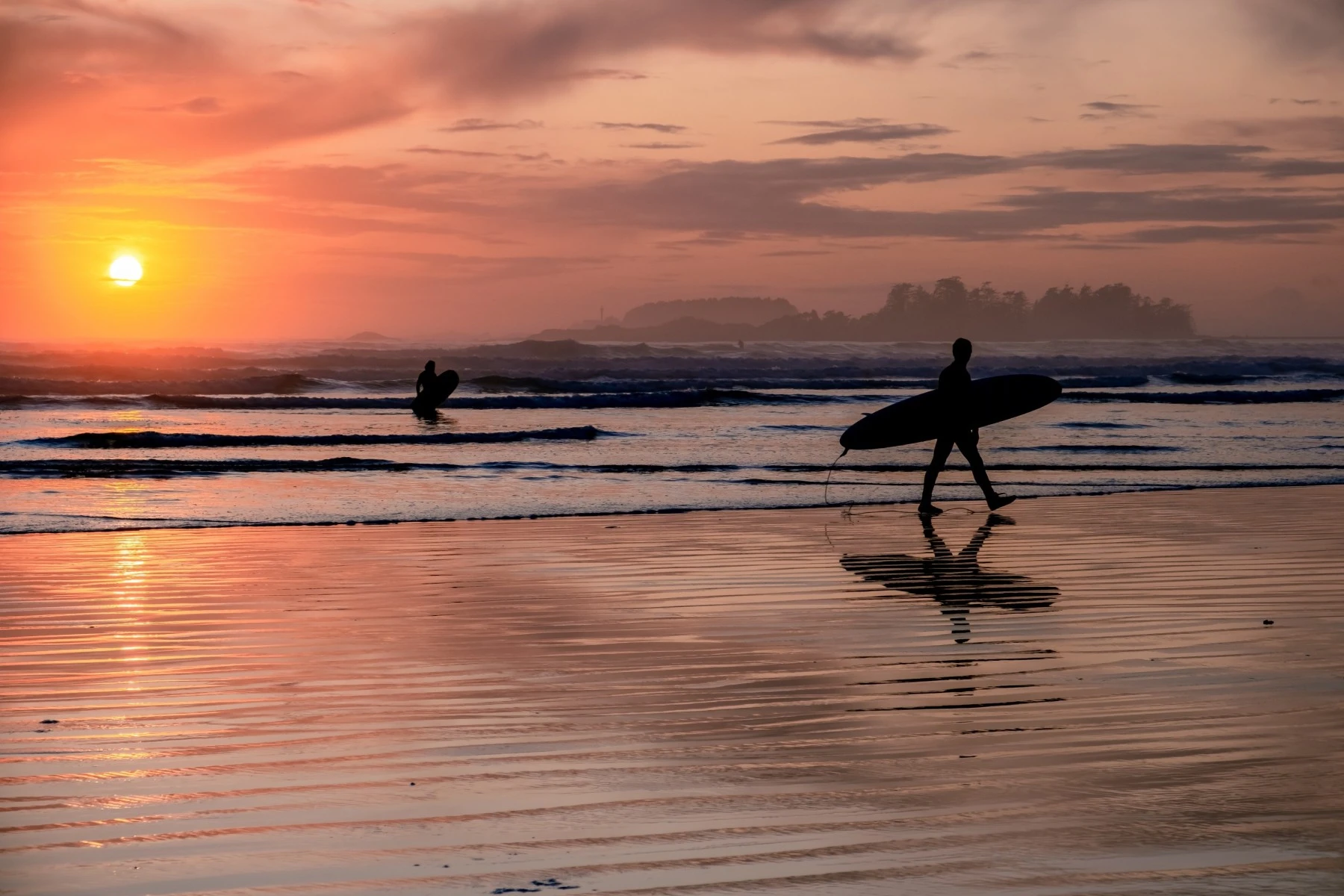
Tofino is a remote little surf town on Vancouver Island that is surrounded by wild beaches, coastal rainforests with old-growth trees, and unforgettable sunsets. It’s perfect for surfing, whale watching, and unplugging in nature. The town itself offers museums, boutiques and a variety of cafes and restaurants. You may never want to leave!
Haida Gwaii, BC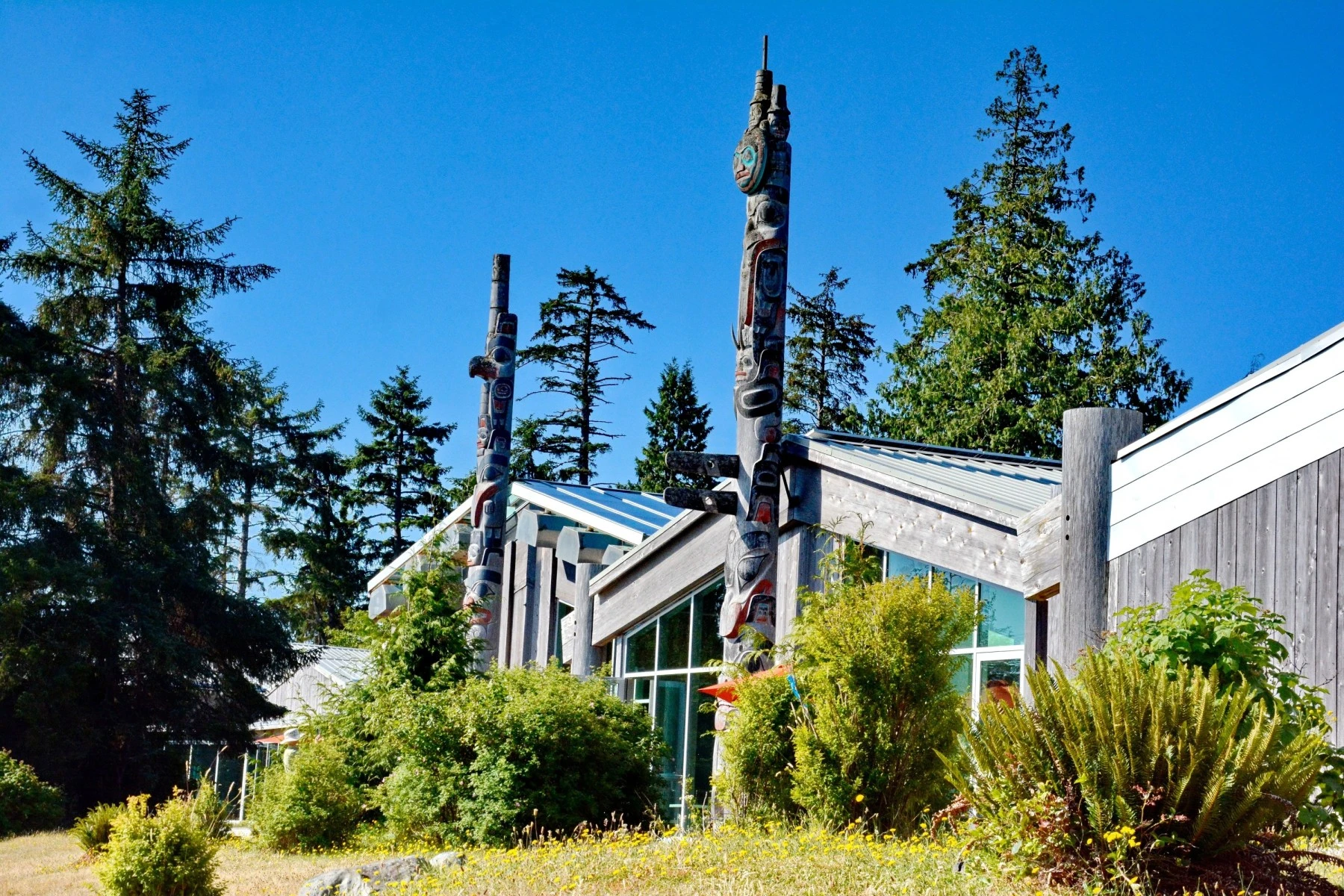
The name Haida Gwaii means “Land Of the People” in Xaad Kil, the ancient dialect of the Haida Nation. This culturally rich archipelago sits 60km from the mainland and is host to The Haida - one of Canada’s most powerful and artistic Indigenous Nations. The Haida are known worldwide for their traditional form of line artwork, totem poles, canoes, and cedar longhouses. Visitors come to Haida Gwaii to visit galleries, studios, volcanic rock beaches and ancient rainforests untouched by the Ice Age, leaving many species of flora that have flourished since prehistoric times. It’s almost guaranteed that if you visit Haida Gwaii, you will see a whale.
Okanagan, BC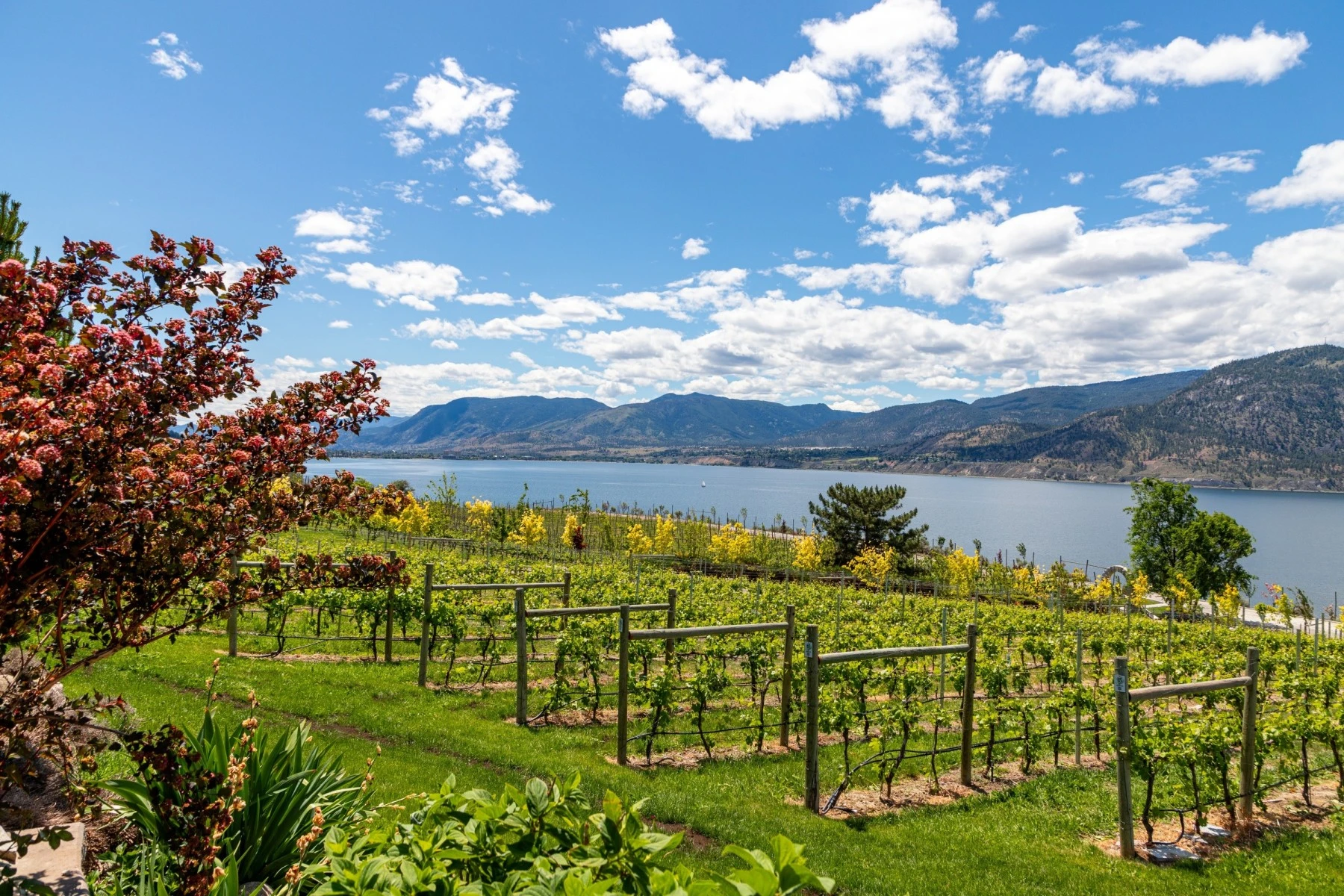
Wine lovers of the world flock to the Okanagan in the summer to tour picturesque vineyards, bask in the hot desert sun, enjoy water sports on the lakes, and camp with family. A bonus is that the Okanagan produces BC’s stonefruit corps, so it's a great place to load up on cases of cherries, peaches, apricots–you name it.
Banff and Lake Louise, Alberta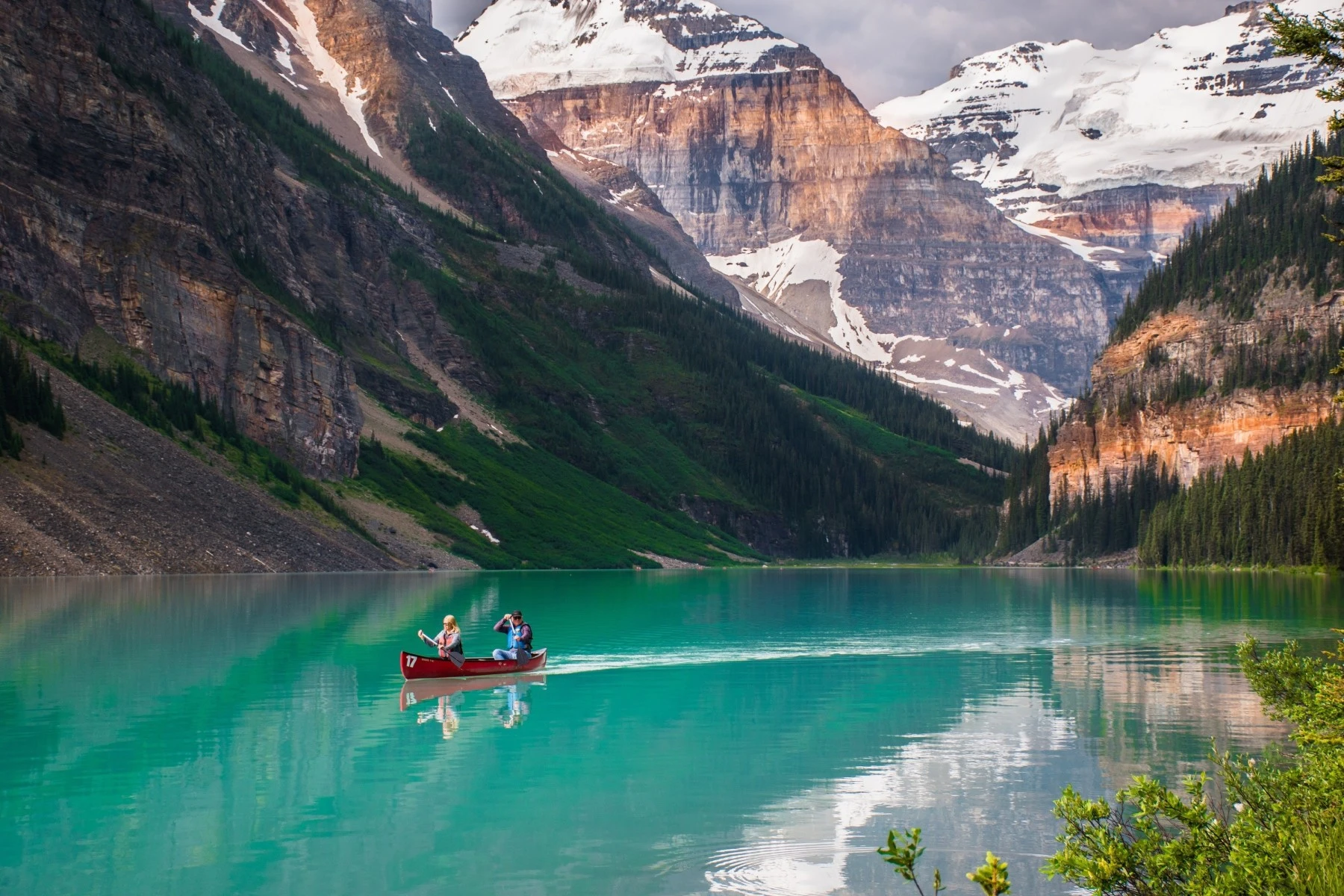
Set right in the heart of the Rockies, Banff and Lake Louise offer stunning turquoise lakes, glacier-fed rivers, and rugged, towering mountain peaks. Summer is the best time for hiking, canoeing, wildlife viewing and pristine scenery.
Gaspé Peninsula, Quebec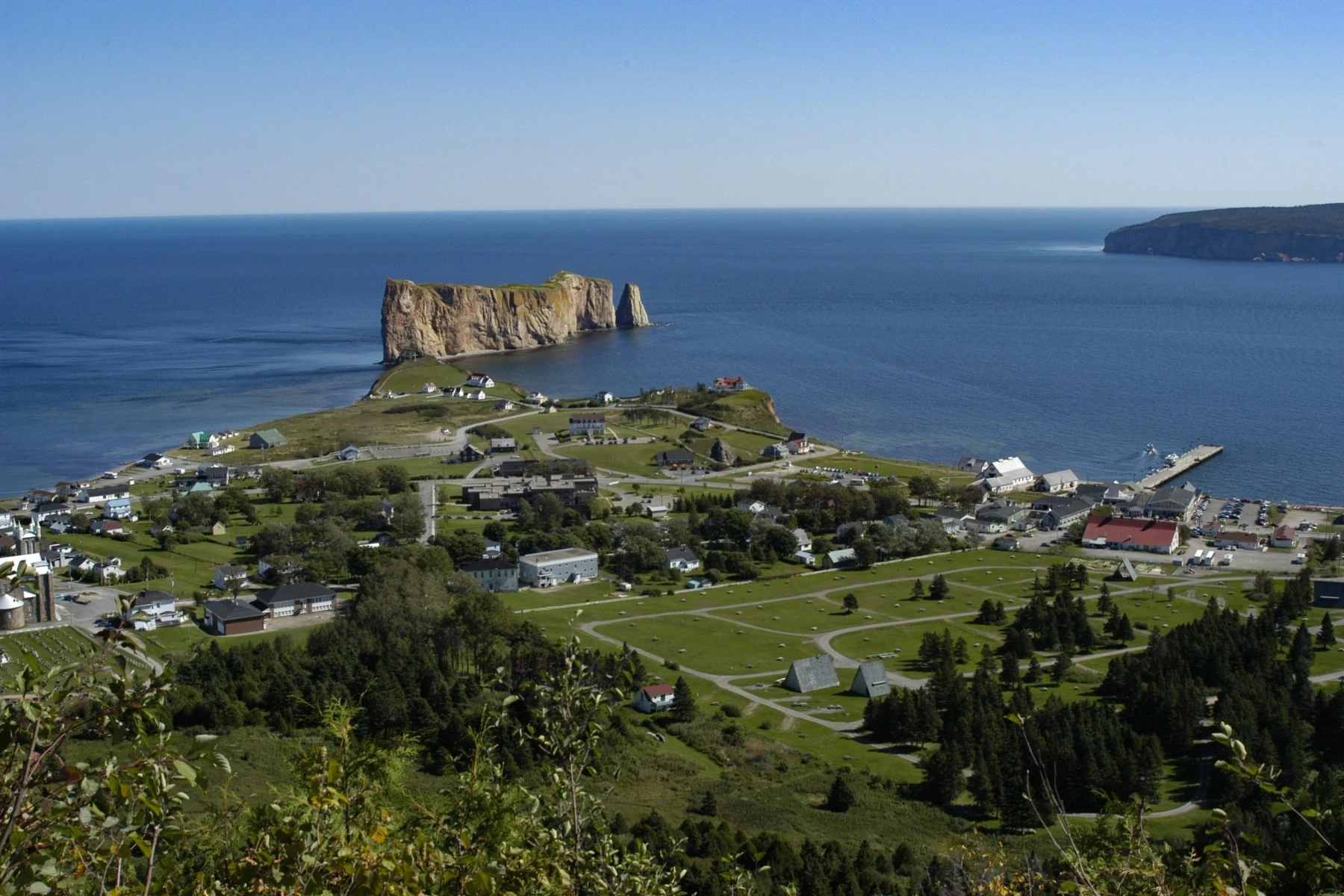
This rugged Atlantic peninsula combines cliffs, sea views, and cute villages. It’s perfect for road trips, seafood feasts, and outdoor adventures like kayaking or exploring Forillon National Park.
Prince Edward Island (PEI)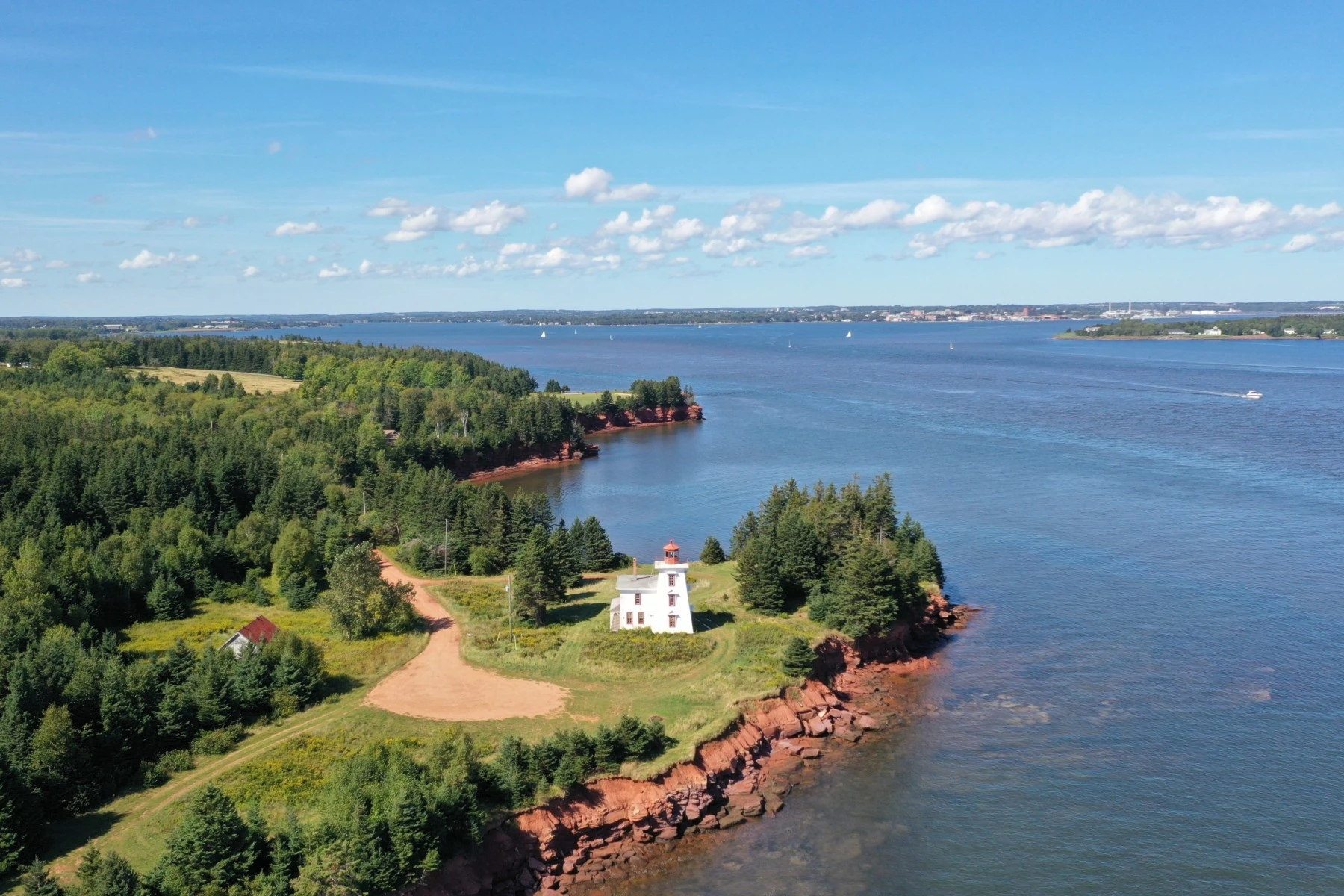
Gentle beaches perfect for smaller children, red cliffs, and rolling countryside define PEI in summer. It’s loved for its fresh seafood, friendly coastal towns, and Anne of Green Gables history, making it a perfect spot to vacation with the family.
Affordable and last-minute summer getaways
For those planning summer vacations on a budget or spontaneously on a whim, there are a few options. Here’s a list of cheap or last-minute summer vacation ideas in Canada:
Cottage getaway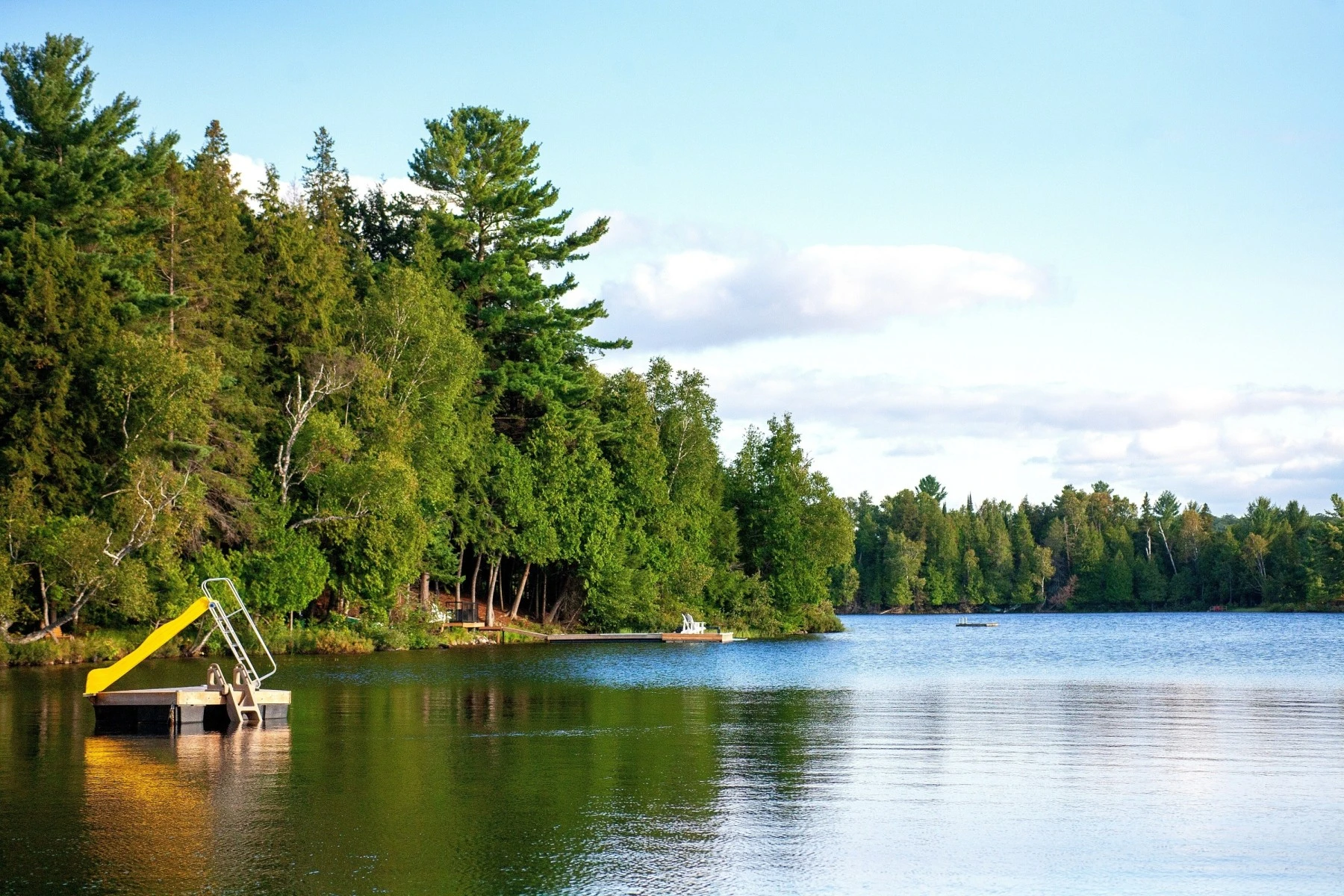
Even though most rural accommodations are at full price during summer, you can still find deals, especially in lesser-known areas outside of major tourist zones. Staying during the week is often cheaper, and many places offer last-minute discounts if they've had cancellations. These types of discounts are common on platforms such as Cottages in Canada, Airbnb or VRBO.
VIA Rail deals
VIA Rail sometimes offers summer deals, especially on quieter routes or during promotions like their Discount Tuesdays. If you book in advance, travel midweek, or keep an eye on limited-time offers, there's a good chance you can score a deal. Signing up for their newsletter or checking their “Special Offers” page regularly can help you catch last-minute deals or discounted fares for youth, seniors, and groups.
Provincial park camping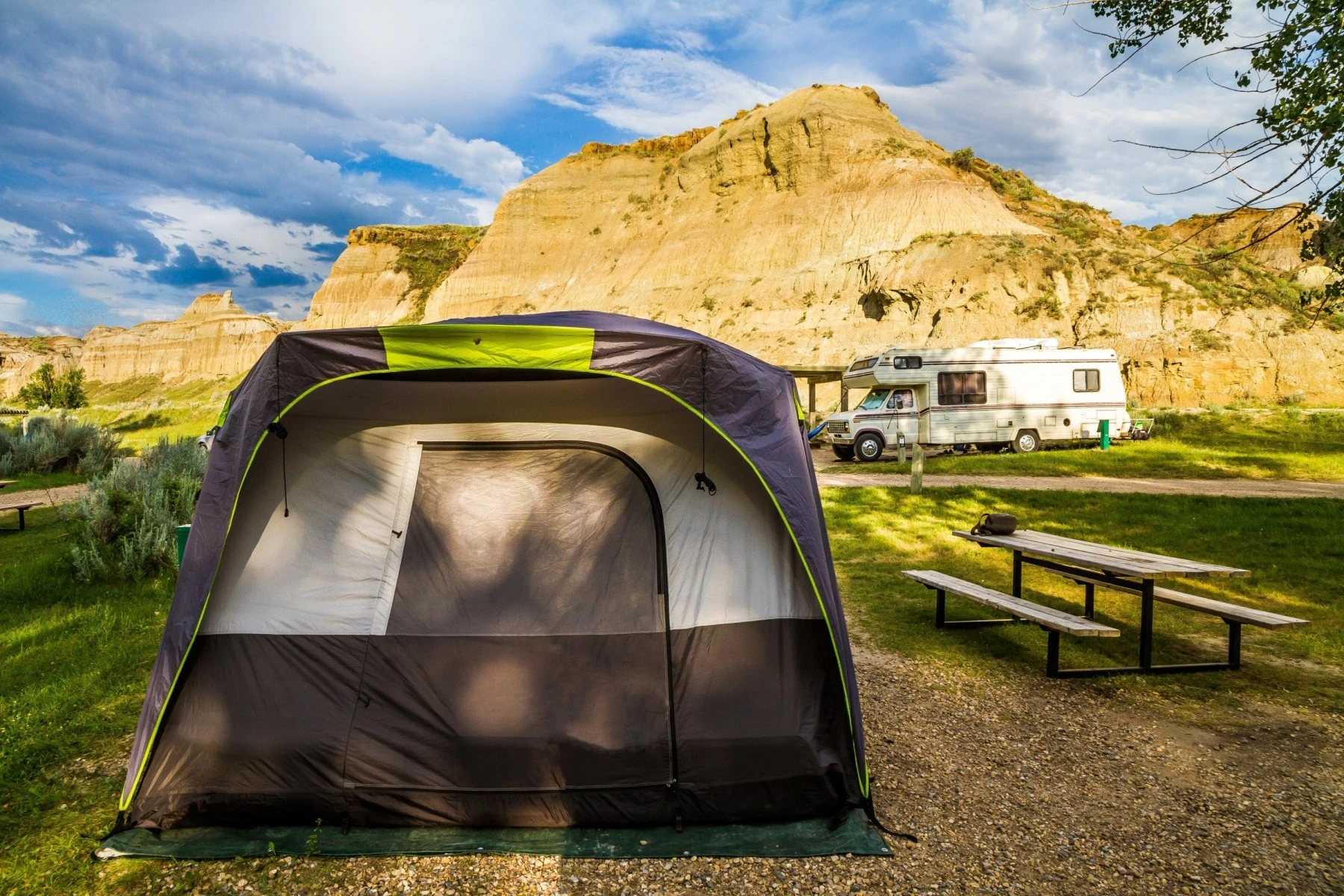
Nightly fees at provincial park campgrounds are much lower than hotel rates or even private campgrounds. Many of the parks run on a first-come, first-serve basis, so you don't always need to book in advance. Camping in the parks provides access to pristine natural settings, trails, lakes and wildlife–the stuff Canada is made of.
Summer staycation ideas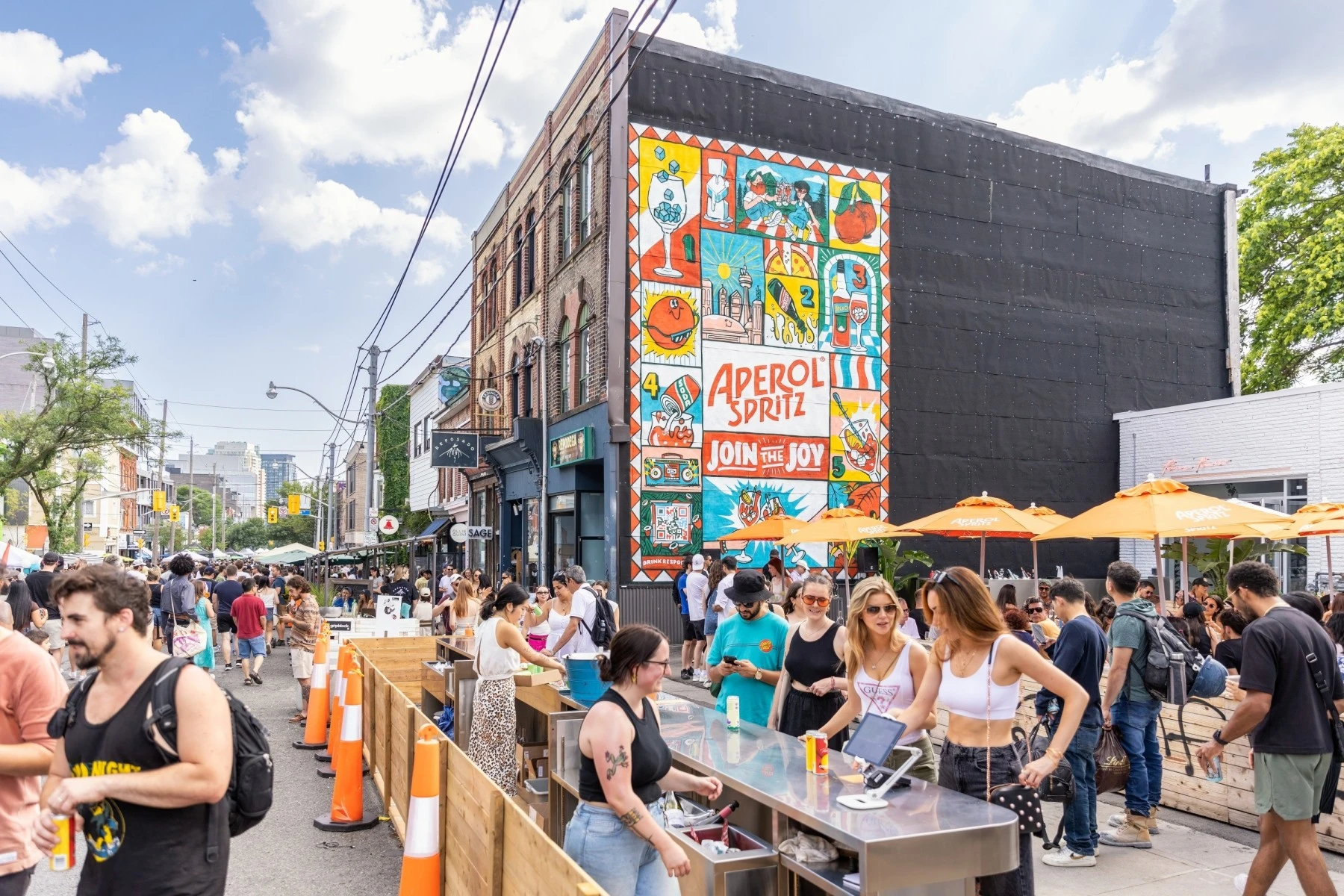
Many people find it more relaxing to stay close to home during summer break. That doesn’t mean they have to miss out on all of the action. There are lots of things to do in Canadian towns and cities during summer break.
Festivals
From music, theatre, Indigenous cultural events, wine and film, you can choose your next adventure by checking out some of Canada’s unique festivals that are held in or near your town. The best part of attending festivals close to home is that you can sleep in your own bed every night.
Art walks
Almost every town has an art walk offering studio and gallery tours, as well as insight into the lives of local artists.
Backyard camping
If you have a yard, you can enjoy camping without even getting into your car. Just set up a tent outside, fire up the BBQ, and enjoy waking up in the fresh, outdoor air.
Spa-at-home
Escape your everyday routine for a day (or three) by booking a spa package. Perfect for all-girls getaways, couples, and anyone in need of a little pampering.
Urban hikes
Get some forest bathing in without leaving your town. Canada’s major cities all have networks of trails within the city, and smaller cities like Victoria, Canmore, Nelson, Whitehorse and St. John’s are all known for their urban wild spaces. Wear good shoes and bring plenty of water to combat the summer heat!
Museums
Canada’s government has placed A LOT of importance on building and maintaining some of the most beautiful and fascinating museums in the world. From mining and maritime life to Indigenous cultures and natural history, guaranteed there’s something for everyone.
Top Canadian travel trends in 2025
Canada’s adventurers like to get creative with their getaway planning. Here is a list of summer travel trends for 2025, for those who like to live outside the norm:
“Coolcations”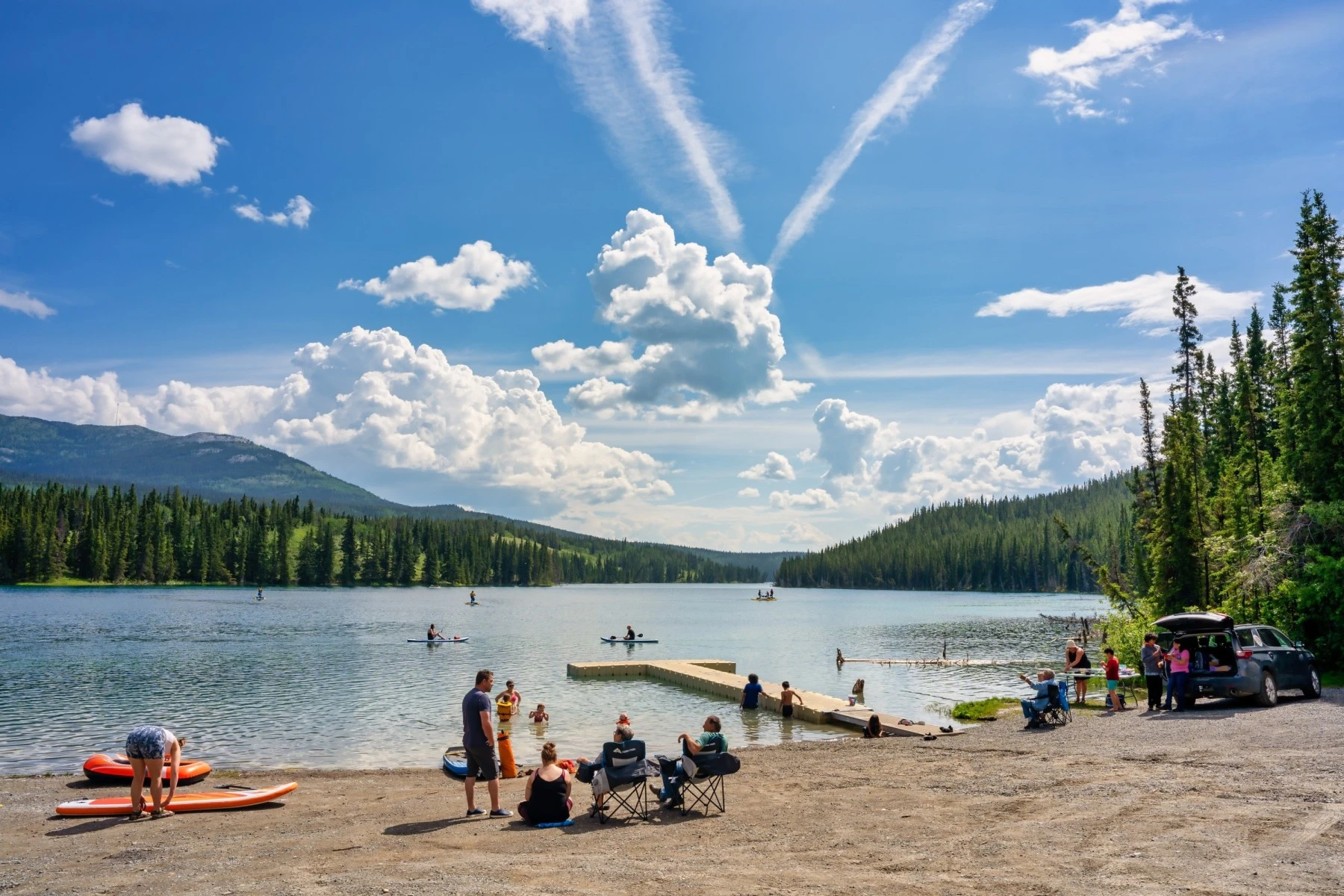
Temperatures in some areas of Canada can feel almost oppressive, especially in the Okanagan Desert and Southern Ontario. If you want to keep it cool, head to Victoria, Haida Gwaii, The Great Bear Rainforest, B.C.’s high-altitude mountain towns, Yukon, NWT, or Canada’s East Coast.
Domestic travel and local experiences
We can’t stress enough all of the crucial reasons why domestic travel is a good idea:
-
Usually more affordable than international travel.
-
You don’t need a passport or visa.
-
Easier to plan last-minute trips.
-
Supports local businesses and communities.
-
No currency exchange is needed.
-
Shorter travel times and minimal jet lag.
-
Greater flexibility with transportation (drive, bus, train)
-
Easier to travel with pets or kids
-
Helps reduce your carbon footprint
-
Boosts appreciation for and knowledge of your own country’s culture and nature
Last-minute adventuring
There are a few reasons why more and more Canadians are deciding to plan last-minute trips. The rise in remote work makes it easier to pick up and go on a whim, many travel deals pop up at the last minute and are too good to resist, and in general, people are craving more spontaneity in their lives. These factors contribute to the Canadian trend of last-minute travel, as travellers adapt to new work environments, seek out affordable options, and enjoy the spontaneity that modern technology facilitates.
Moving house during summer break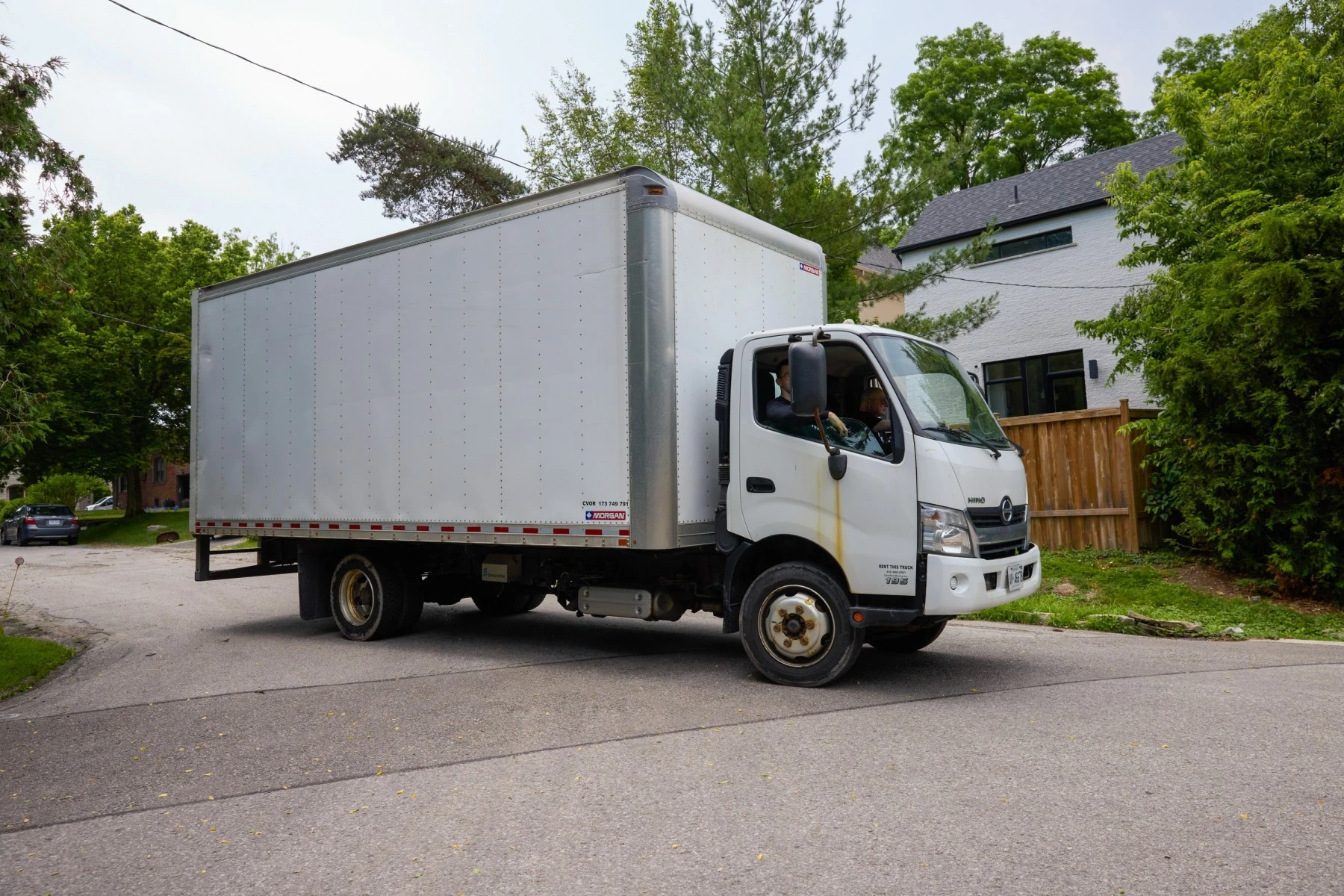
Canadian summer is by far the most popular time to move house for the following reasons:
- Warm weather: No need to haul all of your stuff out into the rain as you carry it from home to car to new home. Summer allows for an easier move overall, safer driving, and more daylight hours.
-
School break: You don’t have to worry about packing your kids off to school before and during your move, opening up your schedule for more flexibility.
-
Summer housing: If you are renting, there are often more options for budget-friendly apartments and suites, as post-secondary students go to their hometowns during summer break.
Keep in mind that demand for housing spikes between June and August. If you plan to move during the summer, find and book trusted Canadian moving companies well in advance and prepare to pay higher rates. With the right planning and forward-thinking mindset, moving house during Canadian summer can be stress-free and enjoyable.
What do our customers say?








































